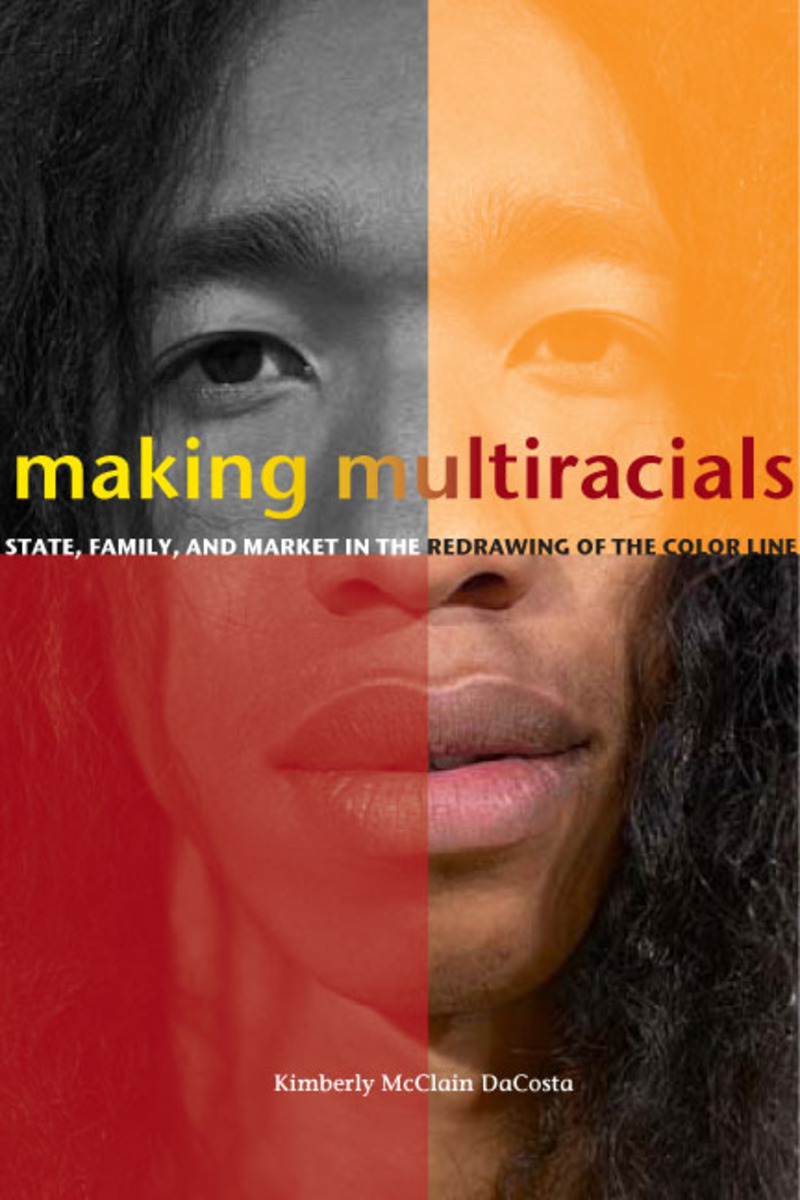Mixed-Race IdentitiesPosted in Identity Development/Psychology, Media Archive, Teaching Resources, Videos on 2009-10-29 17:56Z by Steven |
American Psychology Association
Item #: 4310742
ISBN: 1-59147-365-9
ISBN 13: 978-1-59147-365-7
Running Time: Over 100 minutes
Format: DVD
With Maria P. P. Root, PhD
Hosted by John Carlson, PsyD, EdD
Part of the Multicultural Counseling APA Psychotherapy Video Series
About the Video
In Mixed-Race Identities, Dr. Maria P. P. Root demonstrates her approach to working with clients who are experiencing conflicts or distress because of mixed-race identity. Dr. Root’s multiculturally sensitive approach seeks to strengthen or find a client’s own voice and validate the client’s experiences and ways of belonging in the world.
In this session, Dr. Root works with a young woman in her mid-20s whose mother is African and whose father is Latino. Dr. Root helps her client to look at various effects that her mixed-race heritage has had on her life. She illuminates the various struggles surrounding the client’s identity as well as her resilience and the need for continued vigilance in discerning how society’s “race rules” are causing much of the stress she is experiencing.
About the Appoach
Dr. Root’s therapeutic orientations blend multicultural sensitivities with feminist perspectives. This means that she helps people strengthen or find their own voice and validate their experiences, taking into account historical events that have affected their family, their ethnic or racial group, gendered experience, or way of belonging and identifying in this world.
Continuing Education in Psychology: Independent Study
4 CE Credits, 50 Test Items
You can take the test in two ways: online (with instant test results) or with mail delivery of a paper version. The DVD is not included with the test and must be purchased separately.
This course is designed to help you:
- Comprehend a general model and approach to working with clients who have issues related to mixed-race identity,
- Recognize particular techniques and strategies for engaging clients in a dialogue regarding their mixed-race identity issues,
- Identify particular strengths that clients with mixed-race identities bring to the counseling process,
- Identify particular limitations that working with some clients with mixed-race identities can entail, and
- Recognize specific research-based findings about psychosocial and developmental issues that impact the psychological and social development of clients who have mixed-race identities.
Puchase the test here.


